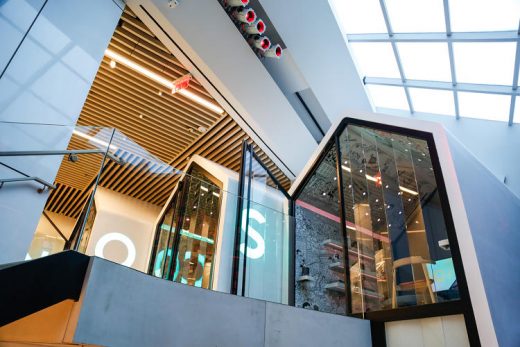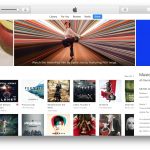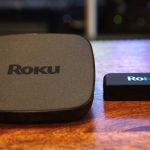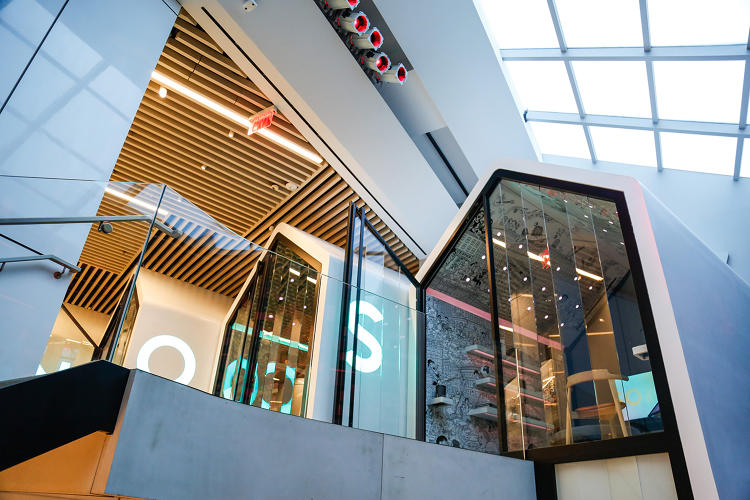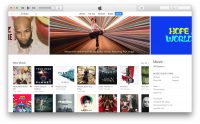Sonos Says The Music Industry Is About To Explode Again, And It’s Ready
When Sonos unveiled its first connected speakers over 10 years ago, it may have seemed a bit gutsy. At the time, the idea that Wi-Fi would blanket every home and serve as reliable way to pipe music from room to room wasn’t necessarily a given. But having checked off its first big bet as a safe one, the company is ready to roll the dice on another unconventional idea: The music industry is about to explode again. And increasingly, it’s betting, music will be even more integrated into our everyday lives.
This isn’t to say that record labels will see their profits return to pre-Napster levels—Indeed the entire structure of the music industry is fractured across many more players now—but according to Sonos’s chief marketing officer Joy Howard, the rise of paid subscription services will lead to a new phase of the music industry. And the streaming boom is only just getting started.
“In the first six months of this year, the number of paid subscriptions have doubled,” Howard said at a session hosted by Fast Company as part of its 2016 Innovation Festival in New York City. “That’s the fastest that they’ve ever grown. Now people are saying that in the next 15 years, the music industry will double in size across the entire ecosystem.”

In 2015, revenue from music streaming services overtook downloads and physical album sales as more and more people signed up for services like Spotify, Apple Music, and Tidal. And the competitive tension in the streaming market has only gotten more intense since then, with Apple trying to chip away at Spotify’s dominance (both services are steadily adding new subscribers) and Amazon joining the fray last month. Before the end of the year, internet radio pioneer Pandora is expected to launch its own on-demand subscription service as well. It may well be that, over time, mainstream consumers will shift away from thinking of music as something they can get for free and get used to the idea of paying for monthly access like they do with Netflix.
However it pans out in the long term, the next few years are all but certain to see a continued rise in music service subscriptions, especially as services expand into new territories. And Sonos, whose smart speaker system integrates with dozens of different streaming services (as well as your existing home stereo), is well-positioned to help consumers ensure the transition isn’t limited to their earbuds—and more importantly, sounds as good as possible.
“People have opted for more convenient solutions, but they’ve come at the cost of quality,” says Howard, a onetime career musician. “So while music has become convenient and portable, it’s also become private and it doesn’t sound so great.”
For Sonos, the focus is on making high-quality, wireless sound a design element of people’s homes in particular. It’s there that, as Howard is quick to bemoan, music is often limited to cheap Bluetooth speakers, laptops, or higher-quality sound systems that are typically anchored to one room and often underutilized.
What’s worse, the company has found that as most people start families and settle into their lives, music becomes much less prominent feature of their day-to-day existence.
“When we’re young, music defines who we are,” says Howard. “It’s not just some thing that we consume. It’s very core to who we are as people. It shapes our worldview. It influences the clothes that we wear. Who we hang out with. Who we don’t hang out with.”
Over time, says Howard, people’s identities become more shaped by our jobs, families, and day-to-day responsibilities, allowing music to fade into the background. “It’s kind of a drag,” she says.
At the same time, listening to music at home has been shown to have a significant and positive effect on people’s emotions and relationships, as the company demonstrated in a research study conducted earlier this year in partnership with Apple and neuroscientist Daniel Levitin.
Luckily for Sonos, the science happens to line up quite nicely with their self-proclaimed mission to “fill every home with music.” And as Howard explained in this morning’s session, the way they plan to do that is by allowing people to experience their wireless speaker system for themselves in environments that simulate people’s homes (albeit in listening rooms that are acoustically tuned by sound professionals). The first phase of this strategy came with the opening of Sonos’s first-ever retail store in New York City this past summer. More recently, they’ve partnered with retailers like West Elm and Apple and even put a listening room in a record store in Brooklyn, which can be rented out on Airbnb (part of yet another partnership aimed at getting Sonos speakers into as many home-like environments as possible).
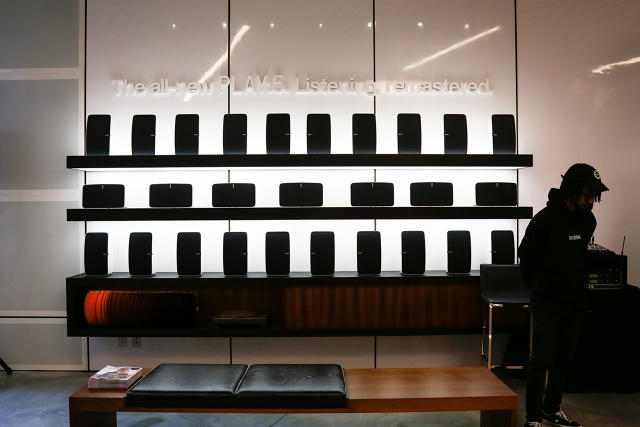
As more and more people start springing for music subscriptions, Sonos is hoping it can convince them to use their high-fidelity speaker system to make the most of those music services at home. Part of the challenge of this quest is making the experience as painless as possible. Sonos is famously easy to set up and use, but its proprietary software has been slow to evolve and frequently elicits complaints from customers. Recent updates to that software have offered iterative improvements, but Sonos is also opening up their platform so its speakers can be controlled through other means as well. The company says it’s busy hammering out a voice control integration with Amazon’s Alexa platform, as well as a public beta of the Spotify app that will allow users to stream directly to Sonos (rather than using Sonos’s own app). The app was rolled out to Android users today.
As prescient as the company’s founders’ original vision may seem today, this type of foresight isn’t always present at Sonos’s Santa Barbara headquarters. Few people, for instance, could have predicted the explosive success of the Amazon Echo or the notion that everyday consumers would want to control their music using voice control. But while Alexa caught many off guard, Sonos was quick to turn the opportunity into yet another partnership. Indeed, between streaming services, artists like Rick Rubin and Q-Tip, retailers and other technology platforms, it seems that Sonos’s future success is just as dependent on a wider ecosystem as it is on the company’s own products.
“We really believe that our partners who are pioneering business models around paid streaming are truly unlocking the potential that we saw for music in the home over a decade ago,” says Howard. “Without our partners, nothing happens on Sonos.”
Update: An earlier version of this story misstated a statistic on streaming subscriptions as having doubled in the last six months. The story has been updated to reflect the statistic more accurately.
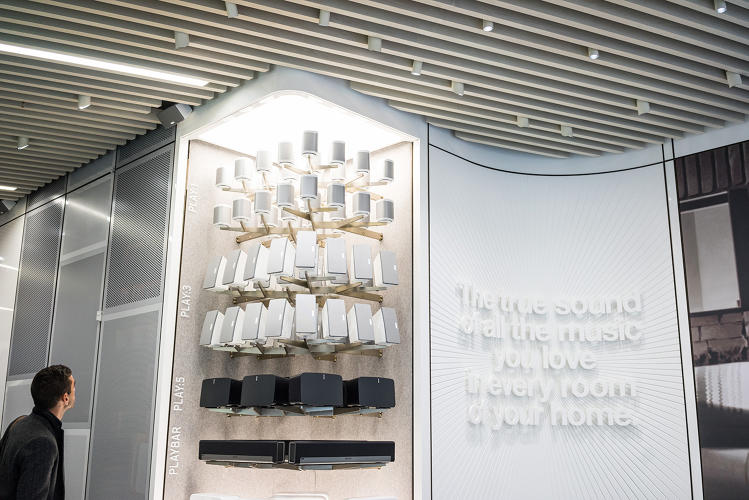

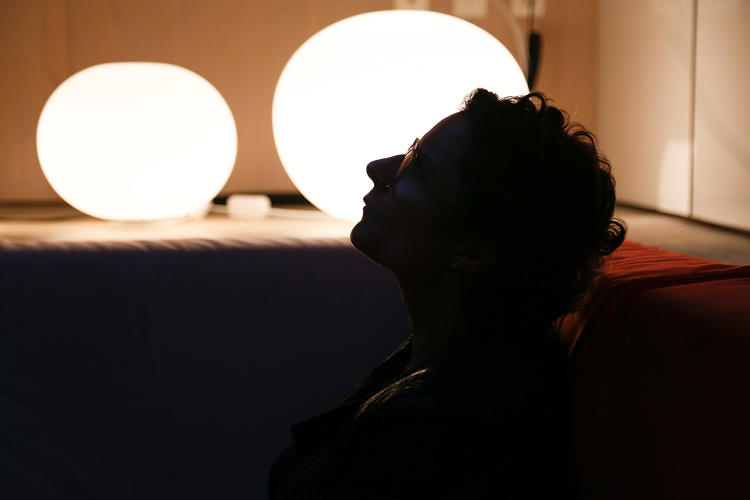
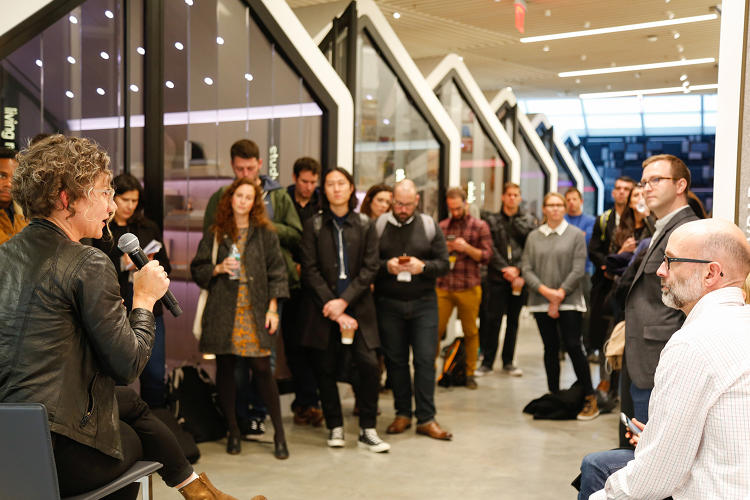
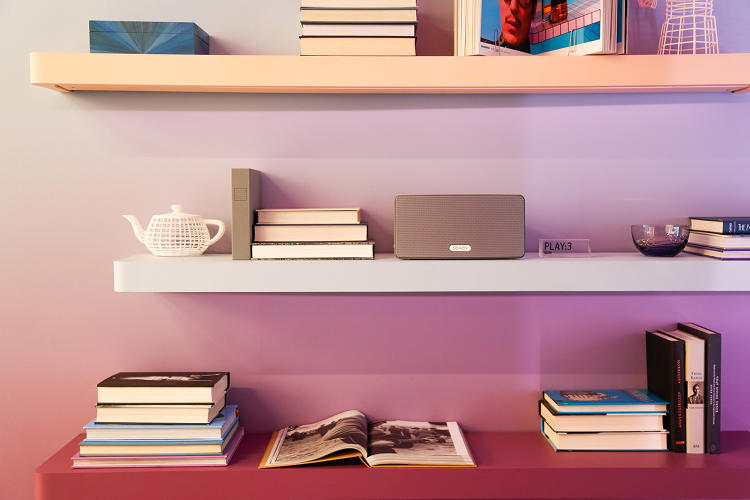
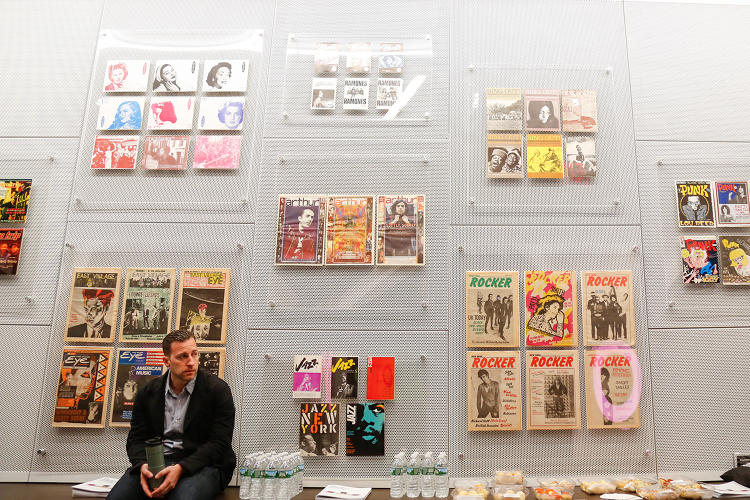
Fast Company , Read Full Story
(14)

